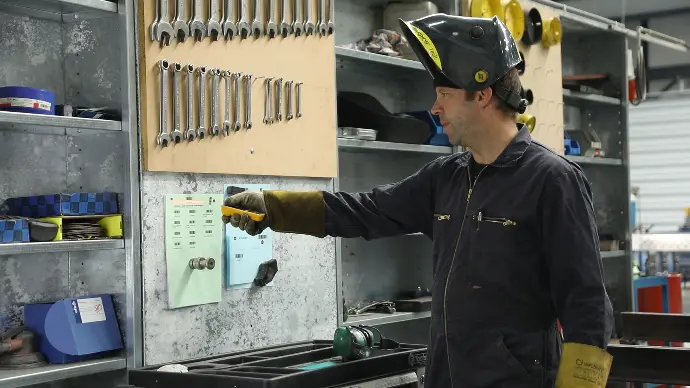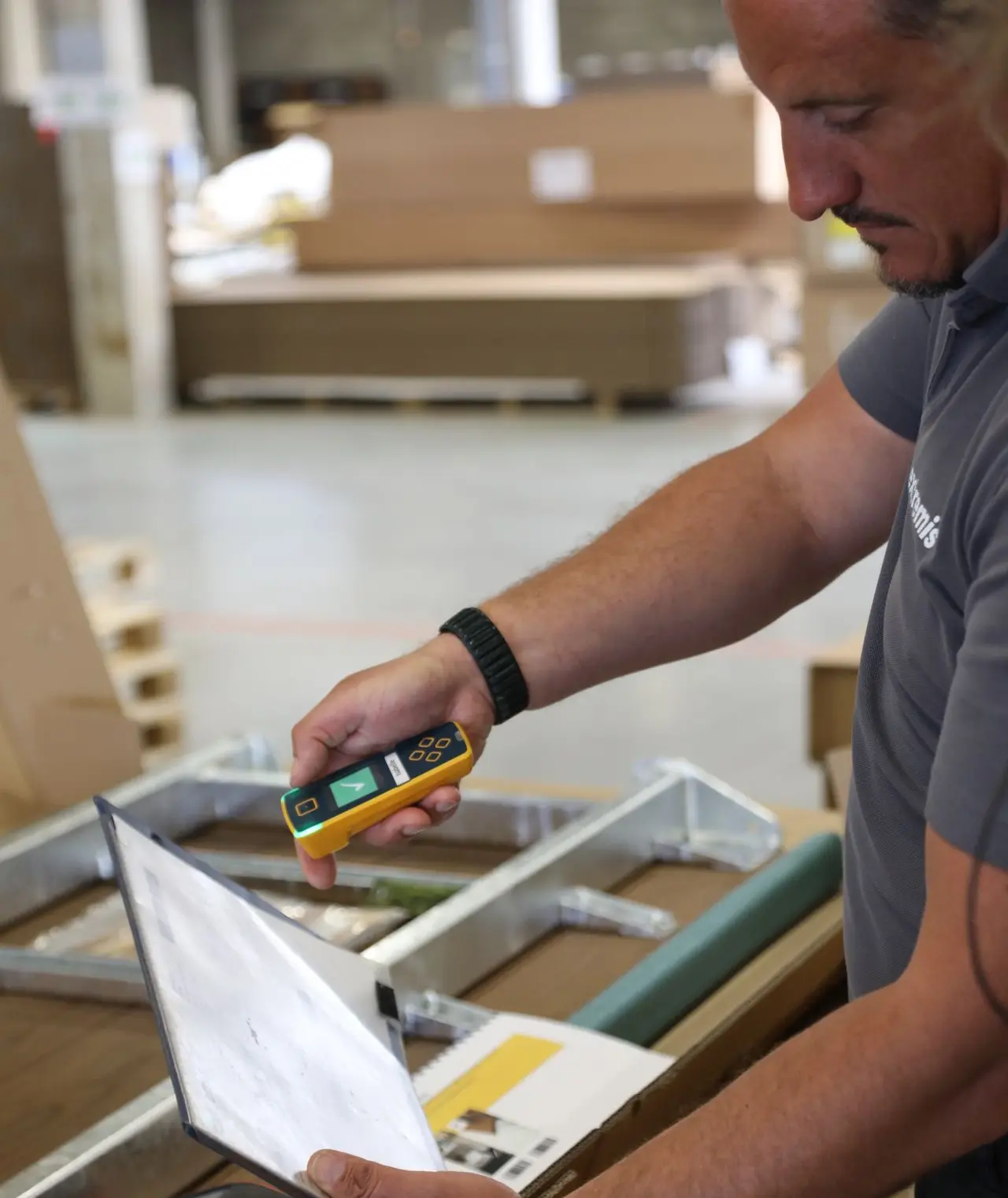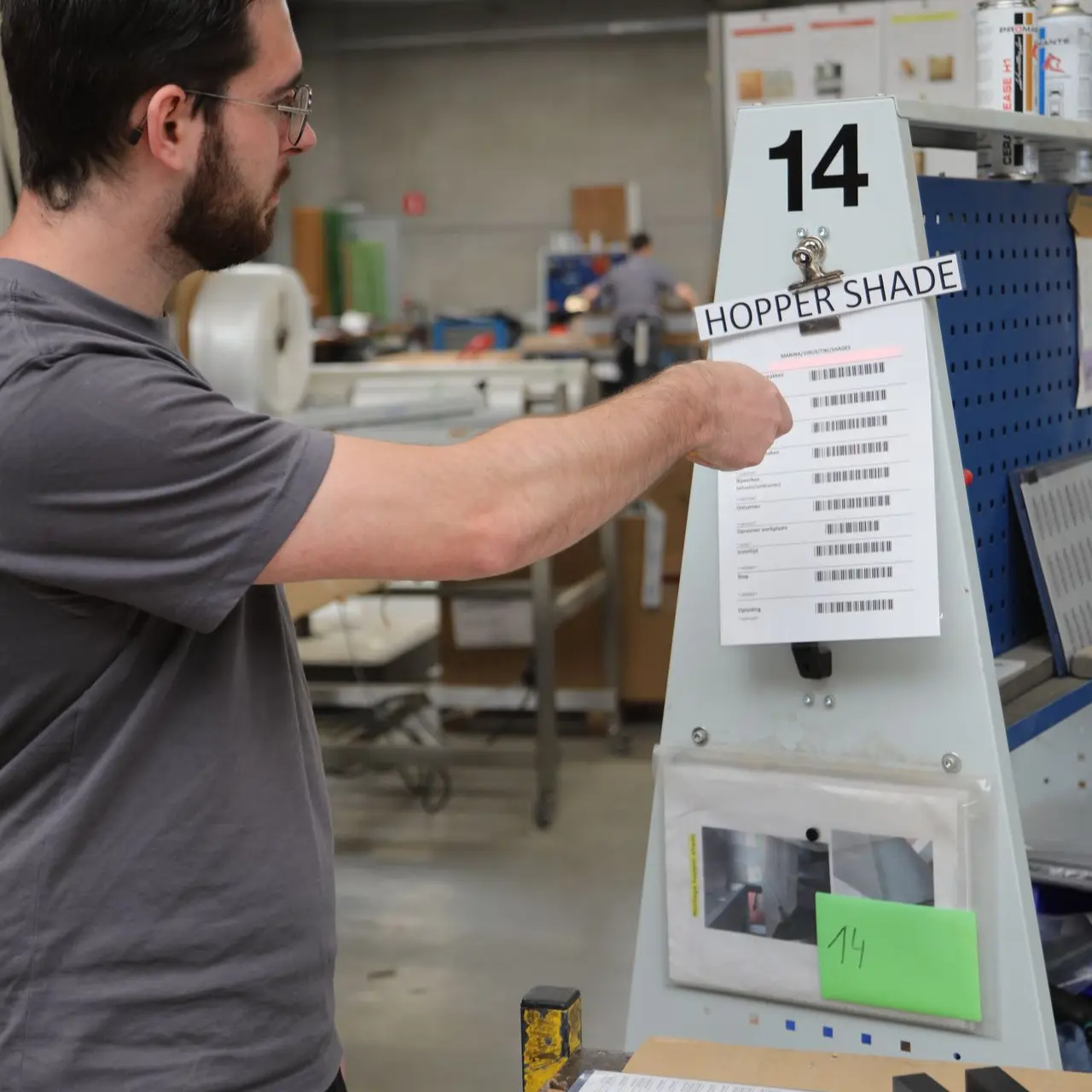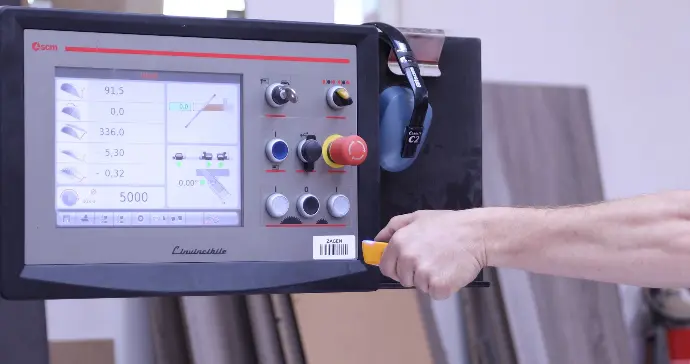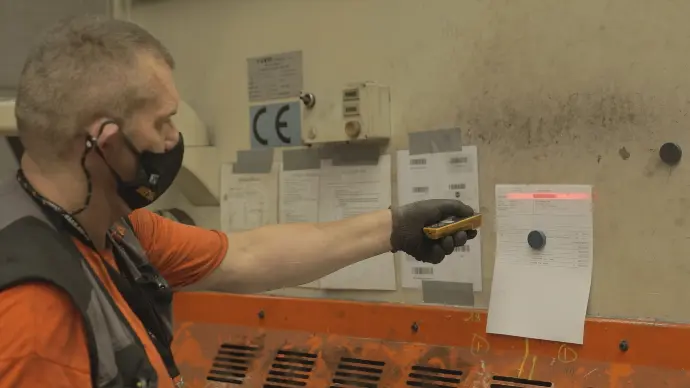Use cases
With time recording, you know more than just working hours. Data is the new gold, providing the right insights to make the right decisions in your business.
Below is a series of obvious and less obvious applications from your fellow entrepreneurs or our clients:
Do we have a profit or loss on this order?
Cost analysis, something every company wants insight into. Globally, there is an immediate view of the hours worked, and an immediate estimate of whether this order has been completed within the scheduled time. To estimate deviations, more detail is needed. With the detail report, you can see in which activities the working hours went, or by whom the actions were performed. This way, a correct conclusion can be drawn, and adjustments can be made.


What should appear on the invoice?
Time tracking is a vital tool widely embraced by businesses for efficient invoicing. While crafting the invoice is a straightforward task, determining the essential details to showcase can be a critical decision. It is imperative to present a comprehensive breakdown of the project activities, even if not all details are required on the invoice. In cases of uncertainty or disputes, having an accurate record of the time spent down to the minute can be a powerful asset.
Has a specific job already started?
A receptionist in a natural stone company gets 10 or so phone calls every day with the same question. Will this job be finished today? Instead of walking to the workshop, the status of each order is immediately visible via the registration screen. This allows the receptionist to give a correct answer immediately.


Is this operation finished?
The work planners know pretty well how long a particular operation takes. The real-time dashboard detects things that take an unusually long time. This allows immediate intervention.
Who is currently working on this job?
A metal construction company that also does unscheduled interventions uses this function to estimate which technician is busy with non-urgent matters. This makes it possible to quickly decide who is best sent to the intervention.

Action Tracker in Action
Which machines were used, and for how long?
A partial workshop invoices the hours used for each machine to the different people using it.
A medical lab has a machine at its disposal that is part of a specific subsidised project. That same machine is also used for other projects and needs to be re-invoiced internally.
Both issues are solved with a standard report.
Should I automate this process?
A question I received from a brewery. They were negotiating with a machine builder around a new production line. The packaging of beer bottles was mainly done manually. The "packaging" activity had been scanned for some time, and the production times were precisely known. This allowed management to make the right decision on whether or not to automate this.


What impact does an investment have?
A plant nursery invested in an ebb and flow installation to automatically water plants. The working time to do this manually was also properly recorded, and this investment was grounded on scanned hours. The following year, the registrations showed that not only the activity of "watering" was reduced, but also the activity of "pest control" was much lower. Because there was less human interaction between the plants, they also suffered less from diseases and pests. An insight gained by recording all activities nicely.
